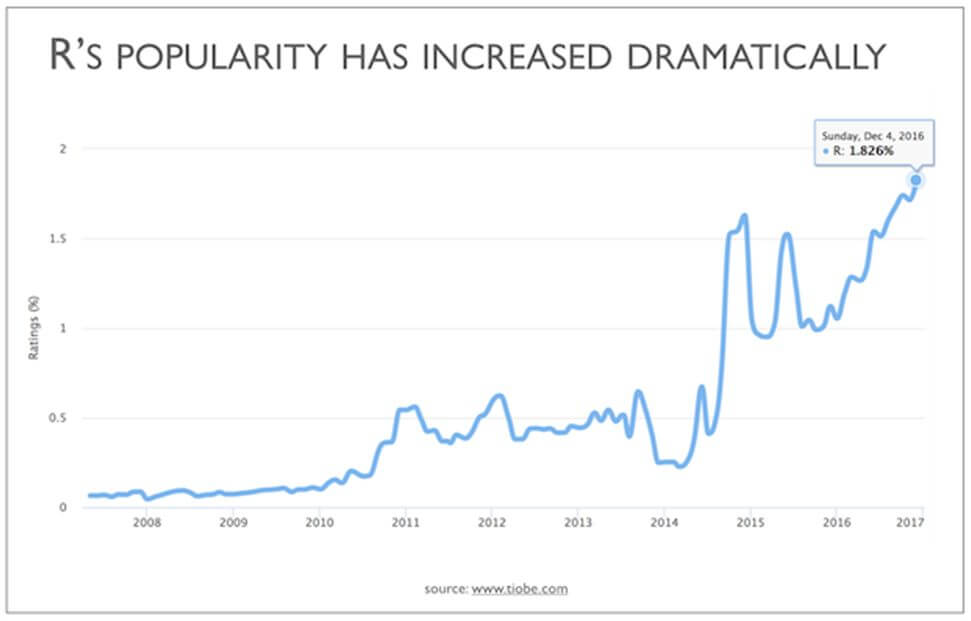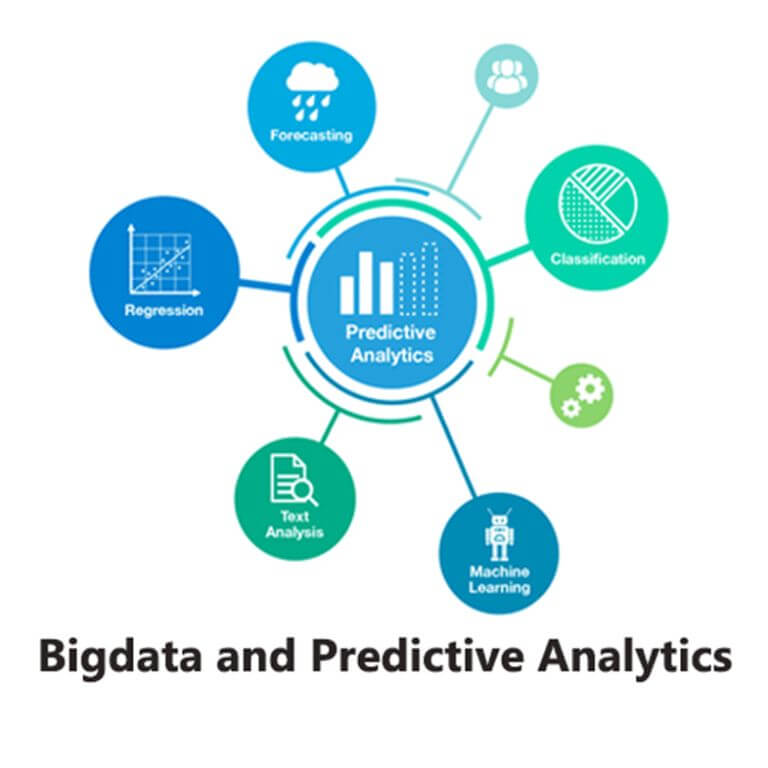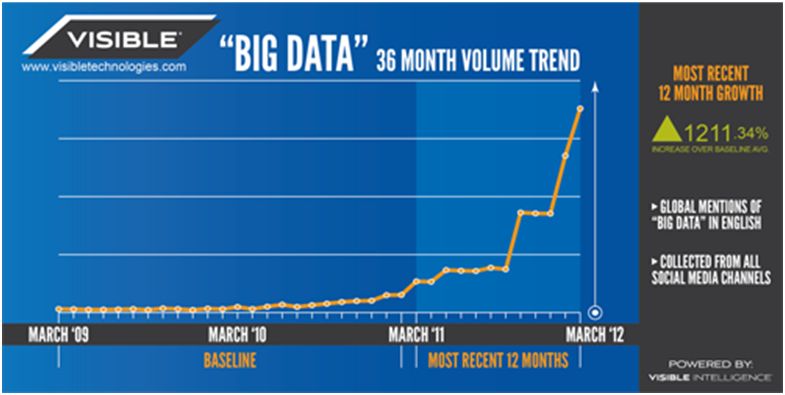It is not an easy task to be a data scientist. Thus, the data scientists earn well over $100k annually in the United States. That pay is steadily increasing with the increase in the demand of data scientists. To be a data scientists, you need to get a higher computer science degree and need to develop some severe skills like mathematics, data architecture, critical thinking, coding, and so on.
Some may argue that data scientists do not need to code, but that is not true. To get the most out of the enormous volume of data, data scientists need to code in various programming languages. We cannot perform advanced analytics with readymade software. Some of the popular programming languages for data science are Python, R, Scala, Java, and so on.
The majority of data scientists use R for data mining and data analytics due to its advanced data analytics features and libraries. R Programming language is created especially for data and statistical purposes. R was not famous back in the days when it came to the market.
However, the rise of Big Data has resulted in a drastic increase in the popularity of R where many prefer considering Data Science with R based on its robust principles and delivery of semantic results in the projects.

There are already so many challenges for data scientists to deal. Now, the rise of IoT is adding some more severe problems for data scientists. According to Statista, there are over 23 billion interconnected devices in the world right now. It is expected to rise to 75.44 billion in 2025. The new world will have data coming from everywhere.
If you are a data scientists or you want to pursue your career in the field of Big Data, you must be aware of the challenges that are around you. In this article, I will discuss the new problems that data scientists are tackling in the modern world because of IoT.
Why is IoT making things difficult for data scientists?
The study predicts that every single person will account for around 1.7 megabytes of data every single second by 2024. There is a massive rise in the production of data is because of the growth of IoT. More input means the increase in the demand of data scientists to analyze the data. The more volume of data from various sources will also lead to an increased challenge for data scientists.
Here are some of the challenges that data scientists are likely to face due to the rise of IoT:
1. Predictive analytics is getting much more importance
Due to the growth of IoT, predictive analytics have gained a special place in many companies. The use of industrial IoT and predictive analytics have bought some great insights into how we see the optimization of the process. It helps in saving cost and increasing efficiency.

With so many benefits of predictive analytics, there is a need for data scientists to know exactly how to use predictive analytics in specific cases. However, there is a lack of experts that can fully take advantage of predictive analytics. There is a need to deploy or manipulate the required hardware to store data over the period, which is a challenge.
Alongside hardware, the corporations also need an appropriate AI and machine learning software system that can train the system to identify incidence to model the failure probability and to know the value of the collected raw data.
2. Lots of messy real-time data
Due to IoT sensors and many interconnected devices, the corporations are collecting a massive volume of data in a real-time. We can get quality data with precise data preparation. However, data scientists are not immune to messy data, missed readings, and sensor errors. It is a real headache for data scientists to go through the collected dirty data.
Thankfully, there are data integration tools that can automate information entry and various information errors that could arise if we manually enter the data. Data scientists must be able to communicate with stakeholders about the systematic steps that are involved in data analysis along with the actions that they took for ensuring data quality.
3. Security concerns
The network security is not limited to computers and smartphones due to the rise of IoT. There are plenty of ways for hackers to get into the system now. There is a chance that hackers can manipulate data or damage the collected information in many different ways.
It is a must to get a reliable VPN to minimize the security threats. One of the effective ways to drastically reduce the risk of security breach is by installing VPN on your router.
4. A wide range of data– too wide
It is fantastic for organizations to collect a wide range of data. However, the problem occurs when we start to receive a massive amount of data from various sources due to IoT. It can make things difficult while setting goals.
We need to figure out the information that is related to the goal-setting process. However, a massive amount of diversified data can give a lot of headaches for data scientists to know the relevancy of the information. The mix of high variance fields along with the lack of ability to generalize can make things tough while designing a useful predictive model.
The study estimates that the volume of business data doubles every 1.2 years. Shortly, that could come down further due to the rise of IoT.

The increasing volume of data may not only lead to the difficulty in categorizing or analyzing data, but it may also make data scientists come out with false interpretations. A wrong interpretation can eventually lead to a considerable loss.
5. How to set data accessibility conditions?
Here is one more massive challenge for data scientists. The data scientists need to think long and hard to decide who gets access to what type of data. There is also a difficulty in determining the ownership of data.
It can be a severe issue for data scientist when they are involved in a development project. It is crucial for organizations to manage the frequency of data sharing to prevent data breaching cases.
6. There is a shortage of IoT professionals
The study shows a global shortage of IoT professionals in the market place. In the interview process of Inmarsat, they found that around 46% out of 500 interviewees lacked analytics and data science experience. This knowledge gap is creating a severe problem in the process of integrating AI with IoT.
The Last Say
The technologies, such as Artificial Intelligence, Machine Learning, Big Data, and IoT have not reached its maturity. However, they are already impacting both the personal and professional lives of the people from all over the world. The more these technologies emerge, the challenges are going to get bigger.
Do you need to worry about the upcoming challenges if you are planning to be a data scientist? Well, there is a challenge, but there are geniuses who are working to make things simpler. Remember the days when we needed to remember machine level codes. Today, there are higher level programming languages that make things a lot easier.
Danish Wadhwa is a strategic thinker and an IT Pro. With more than six years of experience in the digital marketing industry, he is more than a results-driven individual. He is well-versed in providing high-end technical support, optimizing sales and automating tools to stimulate productivity for businesses.